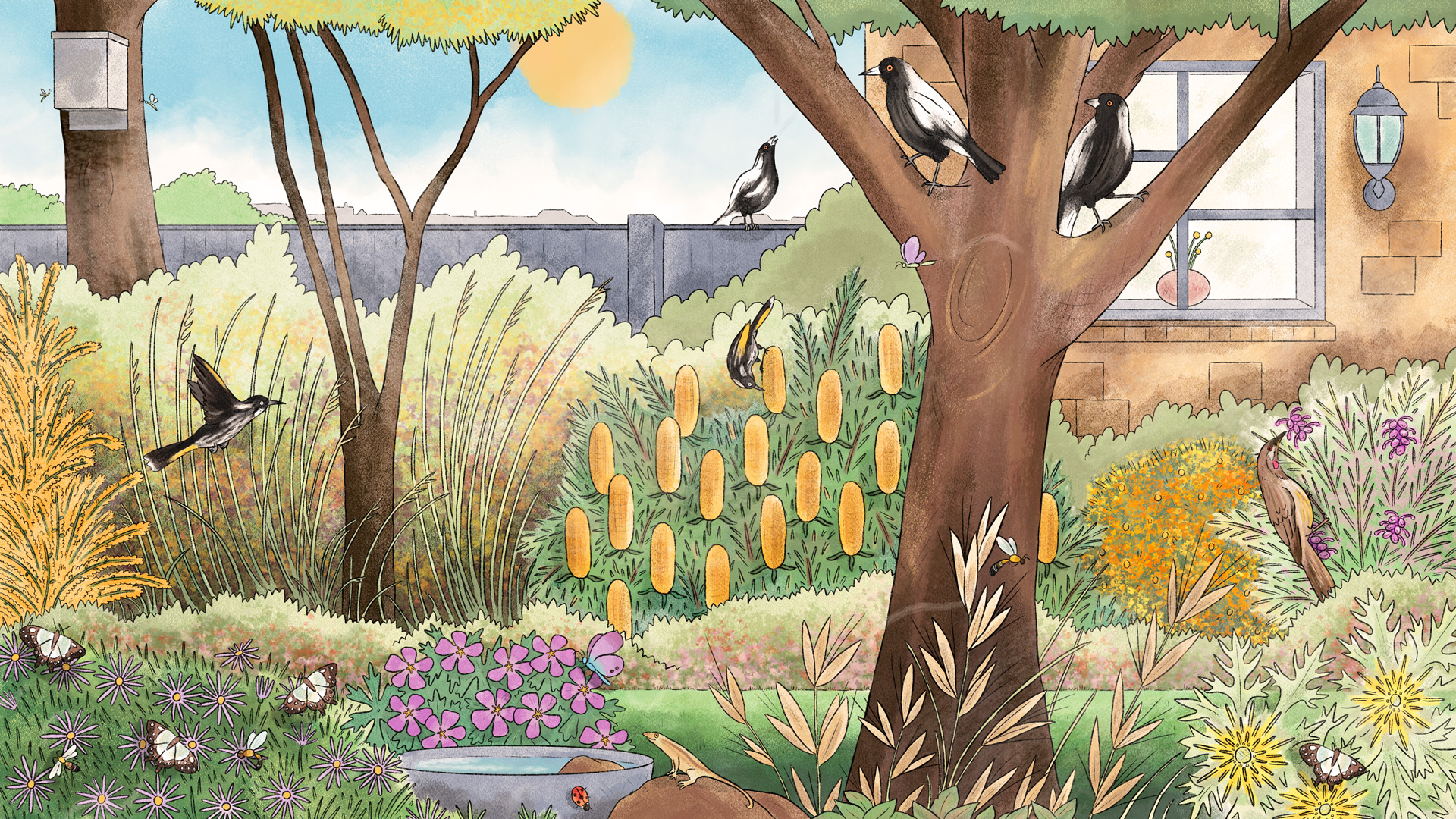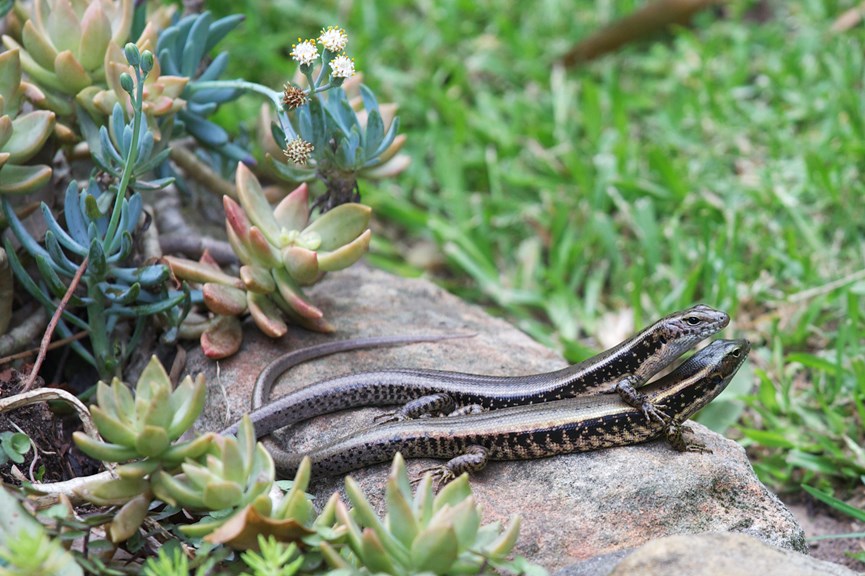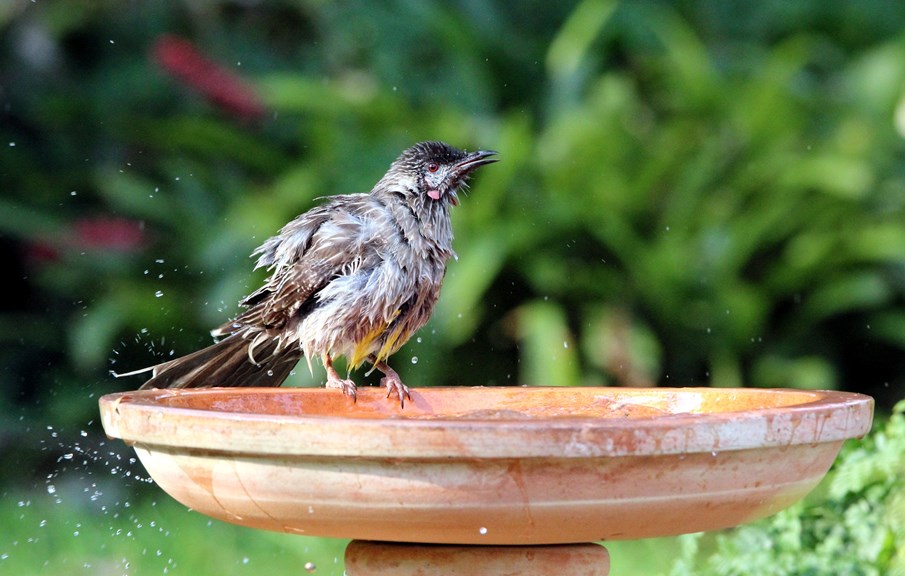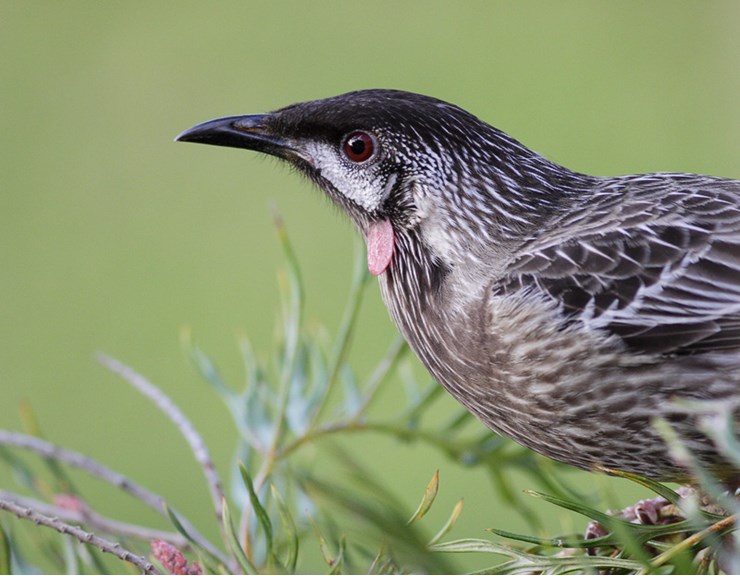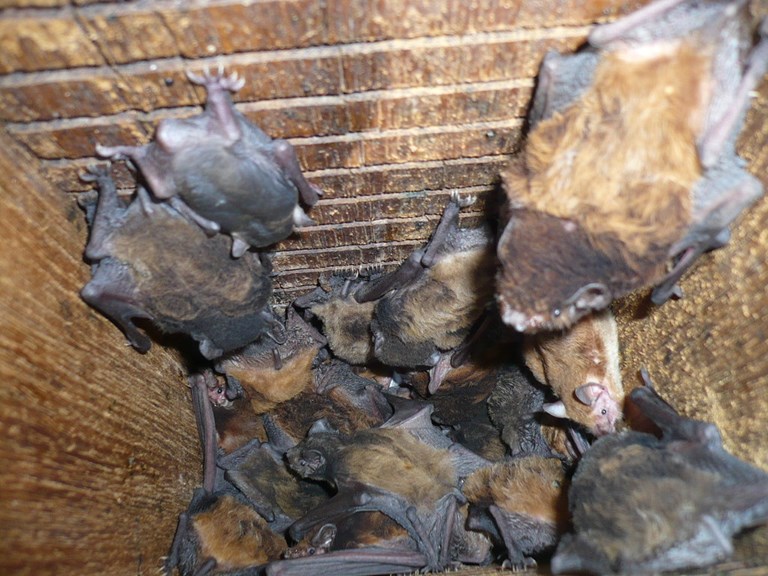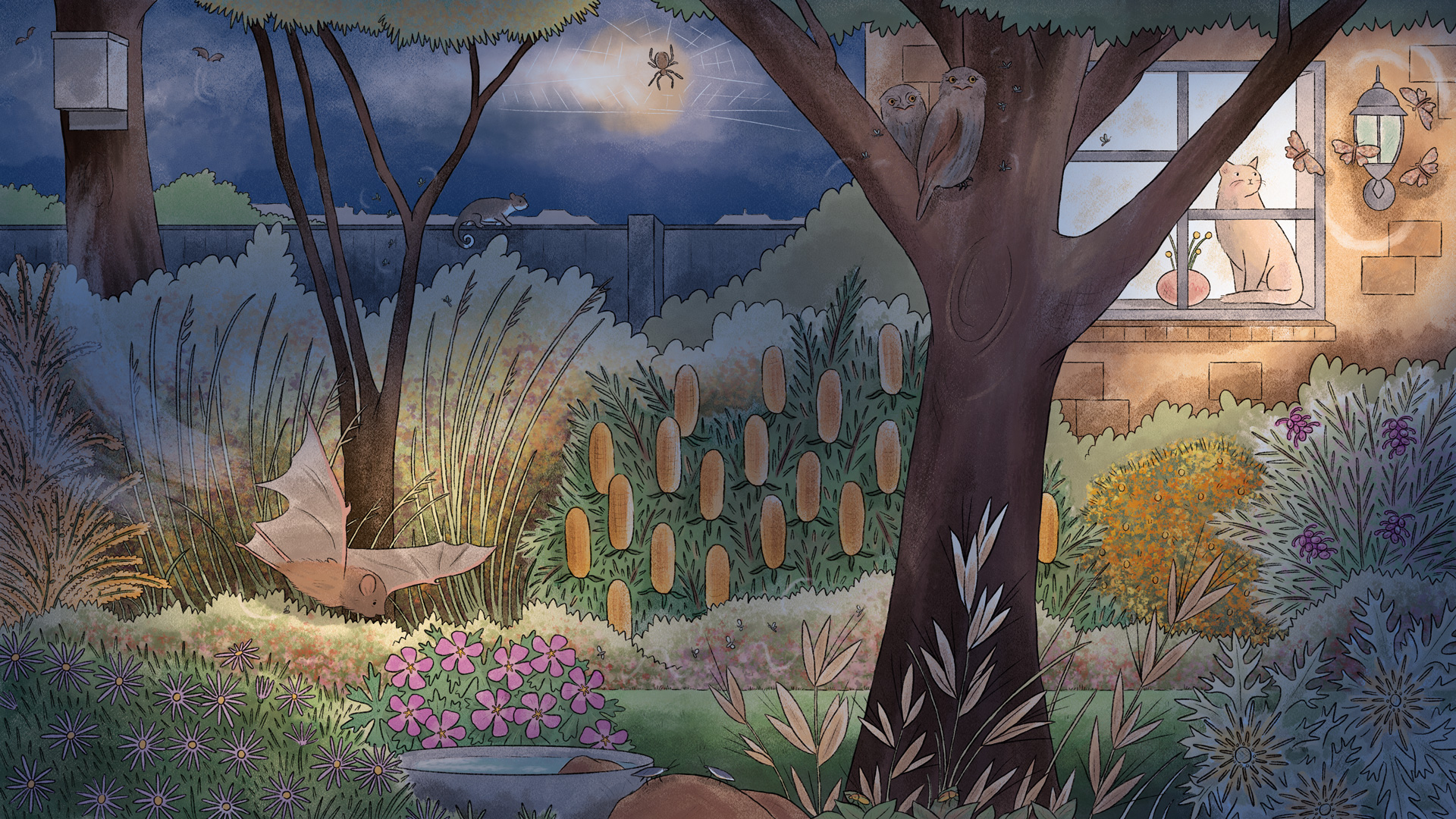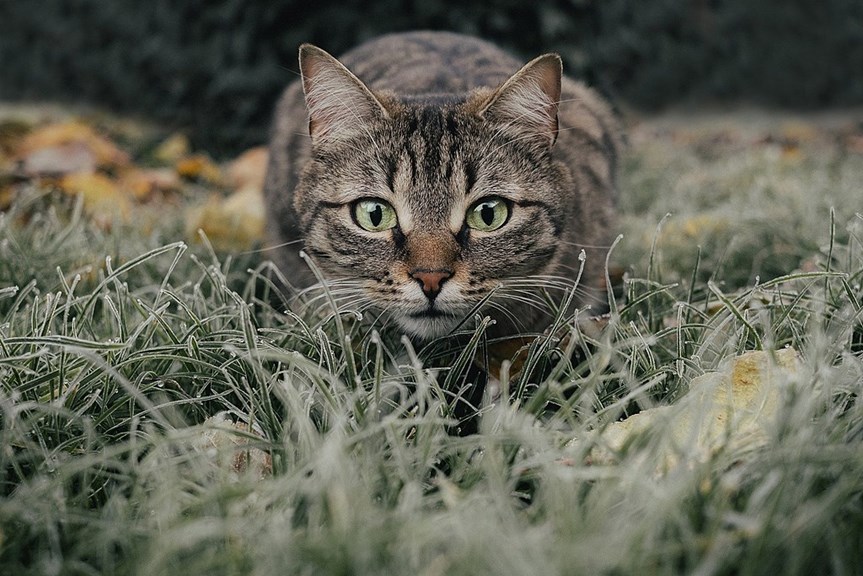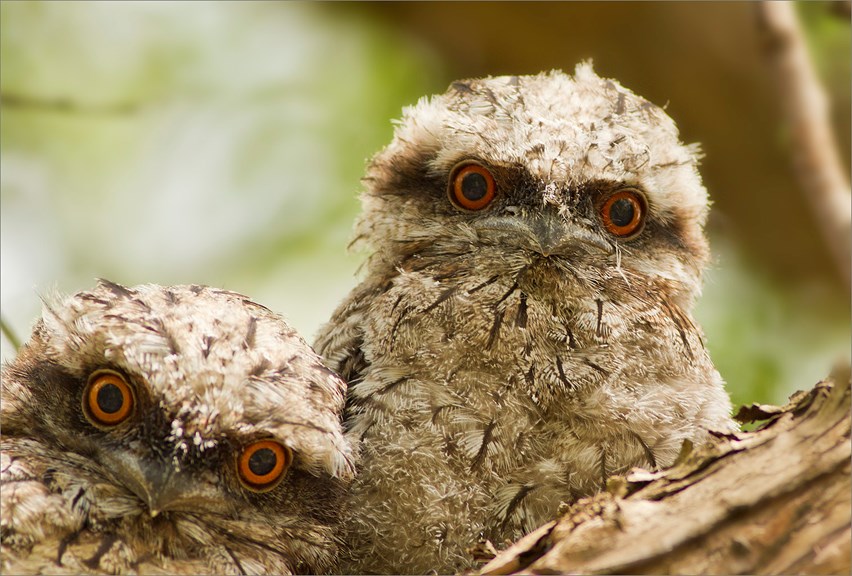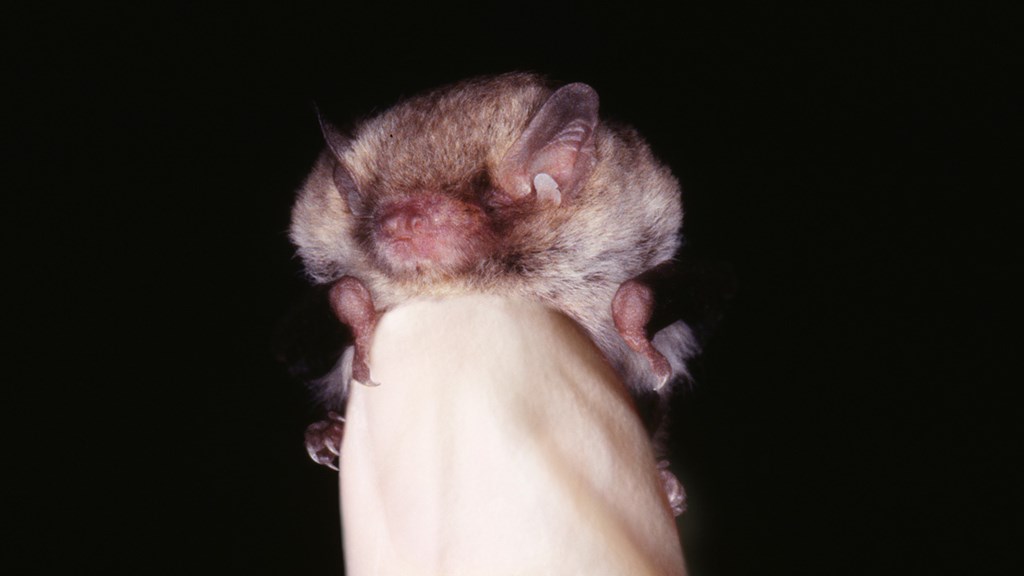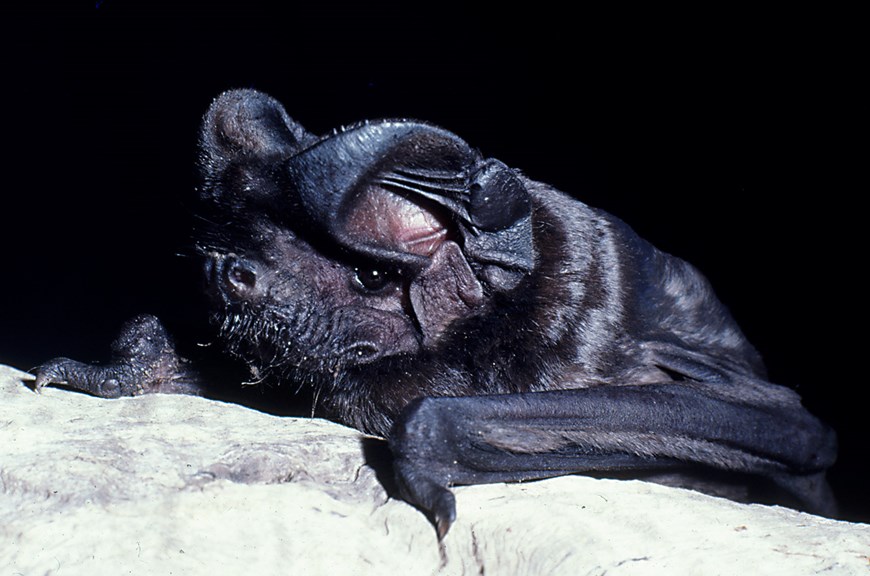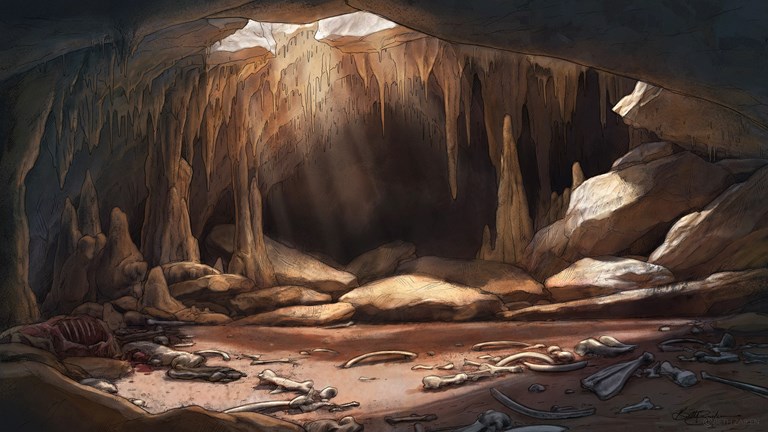Lizards
Water
Shrubs
Closely planted shrubs of different heights make good places for birds to hide. Mid storey plants also support insect populations, which in turn attract birds that keep insect populations under control.
Tip: Don’t feed birds bread or seed. Native plants are the best source of food for birds.
Trees
Trees are an essential part of any wildlife friendly garden. They give shelter to birds, mammals and insects as well as food in the form of leaves, seeds, fruits and nectar. Fallen leaves create habitat for lizards and other creatures. When leaves break down into the soil they provide food for other plants.
Tip: Choose native trees for your garden. They’re best suited to the local soils and climate.
Nest box
As trees age they develop holes and cavities where animals can rest and rear young. These hollows can take up to 100 years to form, so once an old tree is gone, this habitat is lost.
Nest boxes can provide a safe place for animals to roost when there aren’t enough old trees around.
Tip: Light coloured nest boxes will stay cooler in the summer sun.
